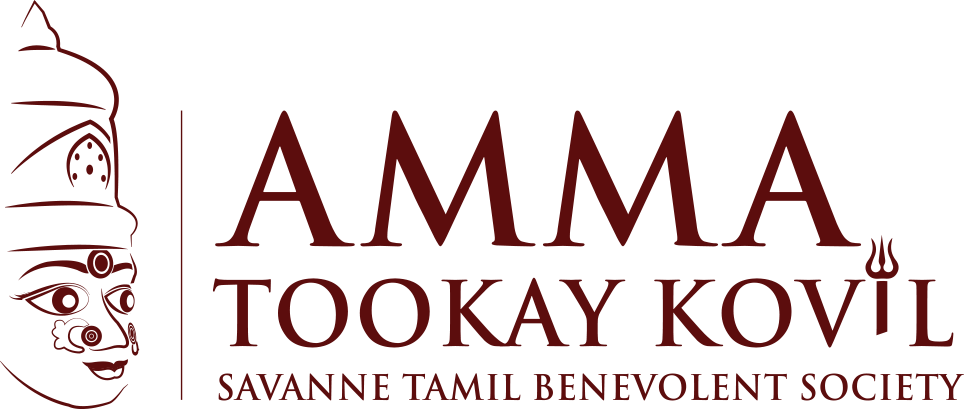Is your firms partner compensation structure holding you back? Sage Advice US
by crayons
Content

Typically, a partnership agreement will provide that a partner is liable to the firm for acts of gross negligence or willful misconduct to the extent the actions are not covered by insurance. In all other instances, the firm will indemnify a partner in connection with the partner’s work at the firm. Some firms give partial or full credit for years as an income partner. Of course, merged-in partners will be given credit for the period of time they were a partner at their old firm. Death and disability usually should not accelerate vesting, although in some firms they do. By way of background, if a firm does not have a partnership agreement, the state law of the entity type governs.
What are 5 characteristics of a partnership accounting?
- Sharing of profits and losses.
- Mutual agency.
- Unlimited liability.
- Lawful business.
- Contractual relationship.
This type of hierarchy may not make sense for small law firm partnership structures. Small firms may have room for a managing partner or senior partners, but likely not both. However, in a medium or larger-sized law firm, senior partners report to the managing partner, who typically also takes on firm management, operational, and strategic duties in addition to legal practice at the firm. Navigating today’s law firm partnership structures can be challenging. Traditional law firm partnership models are no longer the sole option for lawyers.
How the Big Four Accounting Firms Are Typically Structured
The team sharing model opens firms up to more business development support, innovation in service delivery methods, and, most importantly, the wide-based pyramid. It would rachet up pressure on all but a handful of elite corporate law firms that dominate premium legal matters. The split would likely boost Big Four advisory profits and market share but have a lesser impact on their workforce and customers. That’s because the byzantine partnership structure of the Big Four would remain intact.
Some firms (but not most) will pay some sort of deferred compensation to income partners when they retire (for example, one times earnings). The basic premise is that absent an agreement to the contrary, the partners have all the authority to act on behalf of partnership. However, in most partnership agreements, partners elect to cede certain of their powers to an executive committee and/or a managing partner. Even then, the partners usually retain certain prerogatives and rights. Those rights generally include election of the managing partner and the executive committee (and maybe other committees) and approval rights over major transactions and expenditures. For example, the partnership agreement may provide that the managing partner has authority to bring in lateral partners or consummate small mergers.
VAT consultancy services in UAE as per needs of your business
And if you’re nervous about going solo, particularly in an ever more complex world, franchising can provide a safe middle-ground between being in employment and self-employed. You have the strength of an established brand, tried-and-tested systems and software, technical support, training and a business development team to rely on. Franchising offers a framework, while allowing you the all-important flexibility to run your own business. All businesses should be constantly evolving and thinking about how they can provide the best service to their clients, while maintaining efficiencies. But how does this work in a world of digitalisation, automation, Making Tax Digital etc? Many commentators are suggesting a fundamental change in our sector over the coming years.
- The 2012 PCPS Succession Survey found that about twice as many respondents use the equity method compared with the compensation method.
- BCDC’s owners’ agreement bases its intangible firm price valuation on 100% of revenues.
- There should be clear provisions in the partnership agreement with regards to each partner’s debt handling responsibility in the business.
- Having worked for both law and accounting firms, I know one thing for sure – accountants have a better life.
- There is a lot of weeping and gnashing of teeth around compensation in CPA firms.
For some firms, that involves internal financing with repayments taken from future payroll and profit distributions. Others may expect payments quarterly or annually, perhaps deducted from future shares of profits. This type of partnership is particularly useful when a group of professionals, like doctors or lawyers, form a partnership, since lawsuits may be more common for malpractice or similar faults of a partner. In an LLP the other partners and the business itself would not be responsible for the acts of another. An LLP is a limited liability partnership where each partner has limited personal liability for debts or claims of the partnership. Partners of an LLP aren’t held responsible for the acts of other partners.
AccountingTools
For example, your client onboarding process should have changed dramatically in recent years. While before it was mostly manual and collaboration between your team members was minimal, nowadays it can be automated and run more efficiently. This has an impact not only on the process itself, but also on the skills you require your team members to have and the tasks they need to perform.
When a partner withdraws funds from a business, the accounting entry in BOA is credit to the cash account and a debit to the partner’s equity account. When a partner extracts asset other than cash from a business, the respective asset account is credited. Depending on the partnership agreement, the partners can mutually agree to pay the money over a period of time, with interest. This way, there won’t be a cash-flow crisis arising out of paying the entire price on the spot in one lump sum. Some firms, however, may elect to give the managing partner more rights and decision-making powers than others. This is especially the case for founding partners who typically by agreement retain effective control of the firm.
In part, it’s the partnership model that’s so pervasive in the profession. A firm’s long-term viability depends on its ability to create future generations of owners to buy out retiring owners. If the younger owners accumulate too much value too quickly, they might be motivated to cut short their careers at the firm, undermining the long-term plan. Going back to BCDC’s predicament, partnership accounting if the newly admitted partners were to make the full investment that Julie proposed, it would only be fair to consider them fully vested in the value they had paid cash for. As a result, BCDC would lose its ability to tie its long-term succession business plan into its owners’ agreement because it would not necessarily be promoting a long-term commitment from the succession team.
- Basically, the liability is limited in the sense that you may lose assets in the partnership, but not those outside of it (your personal assets).
- Hiring for these skills and positions is not easy for CPAs, and many firms who try it fail to get the right person in the door, which ends up being incredibly discouraging and costly.
- While the governance structure of an accounting firm has little immediate client-facing impact, a firm must be well-governed to retain its people and provide consistent, high-quality client service.
- Whether the firm is structured as a partnership, LLC, or PC, the existing partners need to give a partnership invitation or sell you an ownership share in the firm.
- The partnership model does not lend itself to creativity or innovation.
- The succession issue has been exacerbated by the compensation model as well.
The expiration date is based on the month and year the application was originally approved. If approved in an even-numbered year, the license will expire each even-numbered year on the last day of the month in which it was originally approved. If approved in an odd-numbered https://www.bookstime.com/articles/quickbooks-proadvisor year, the license will expire each odd-numbered year on the last day of the month in which it was originally approved. To dissolve a general partnership, submit a letter to the CBA stating that the firm has been dissolved, and provide the effective date.
The separate account tracks each partner’s investment, withdrawals, and his/her share of net income or loss. Where do you draw the line between compliance work and accounting advisory? Shift from a transactional business model to advisory-centered client relationships with Practice Forward and increase revenue while better serving clients.
Recommended Posts
Kundgebung versuchen & book of atem wowpot Online -Slot unter einsatz von Echtgeld book of magic Slotauszahlung deklamieren!
April 09, 2025
Screamboat 2025 720p To𝚛rent
April 09, 2025
Reel Outlaws -verkkoasema sinussa
April 09, 2025
